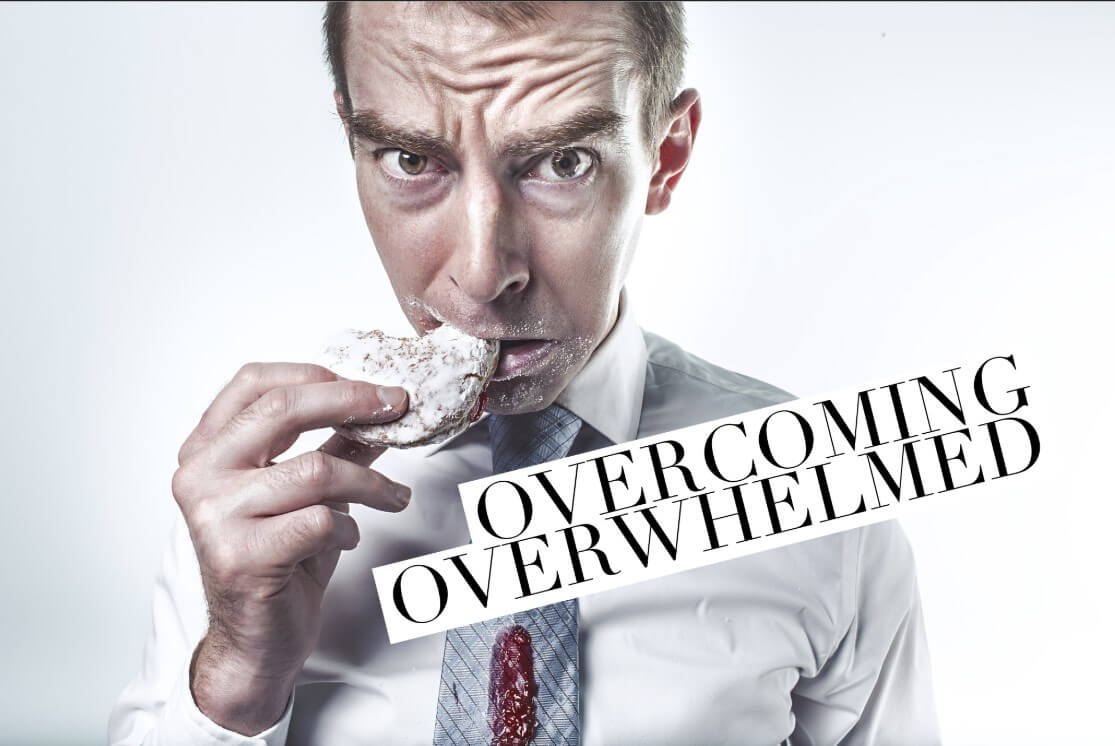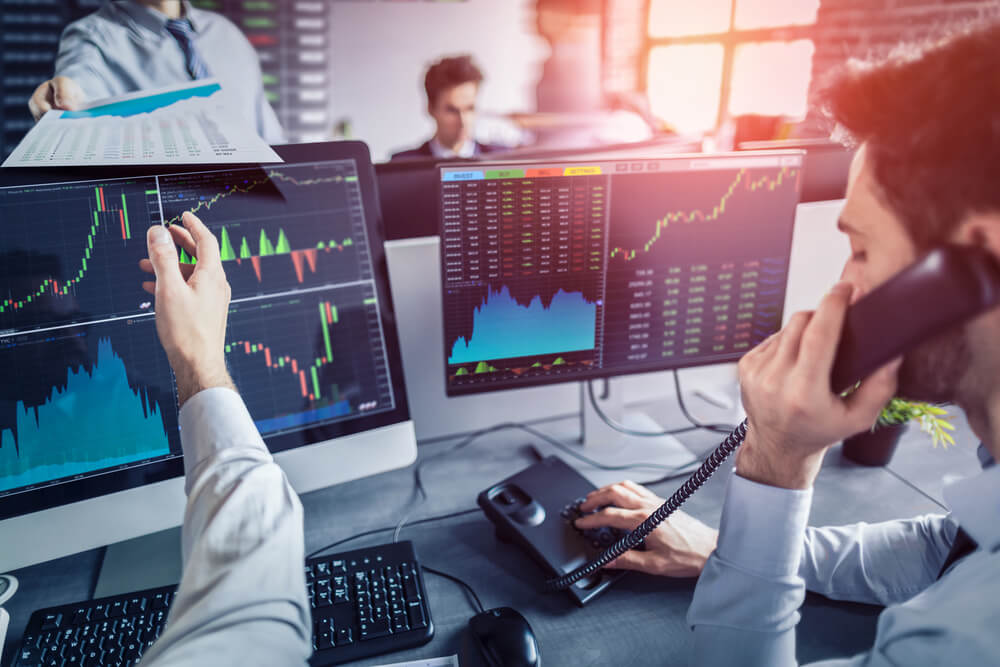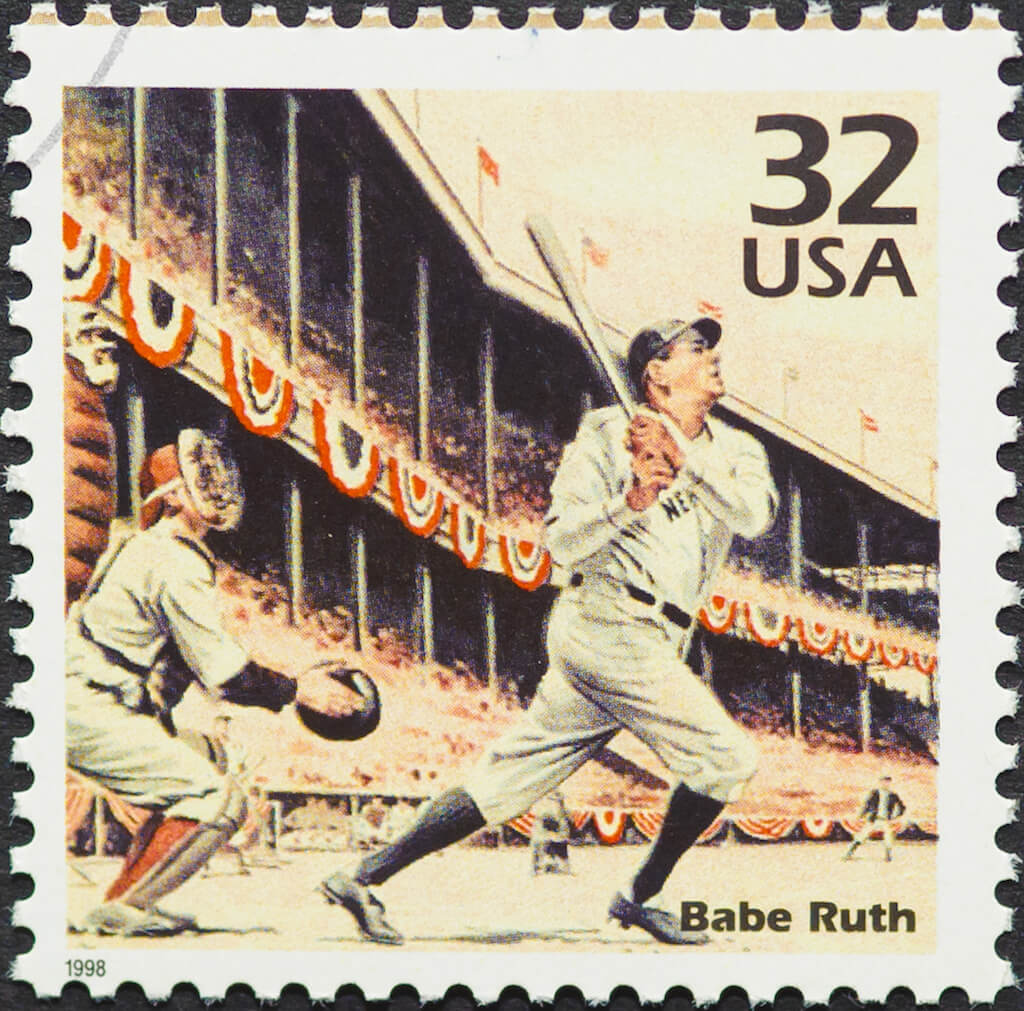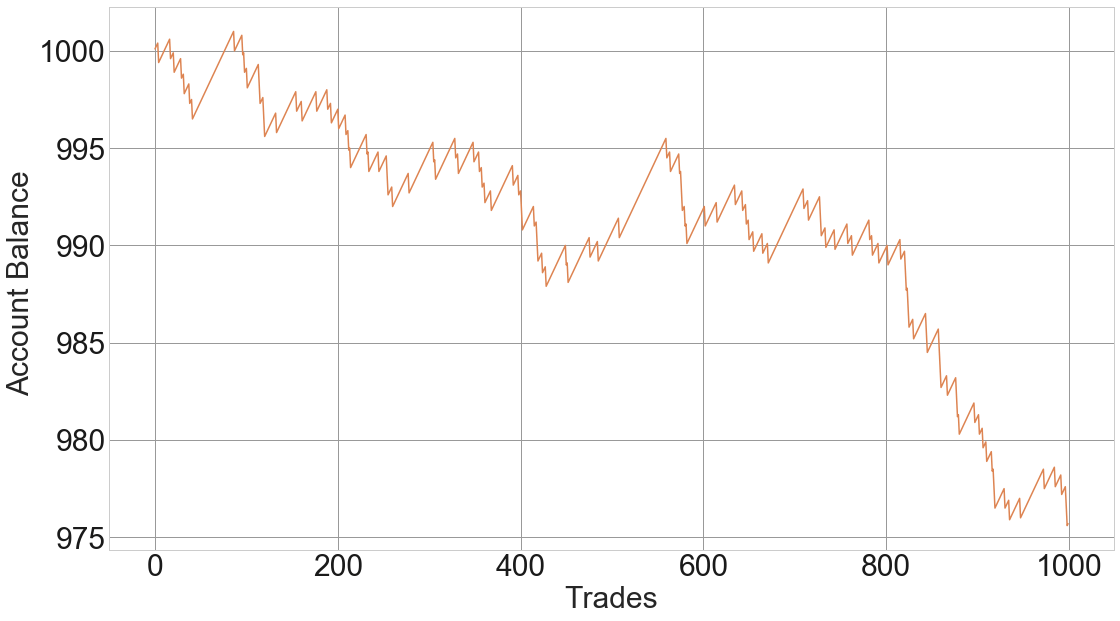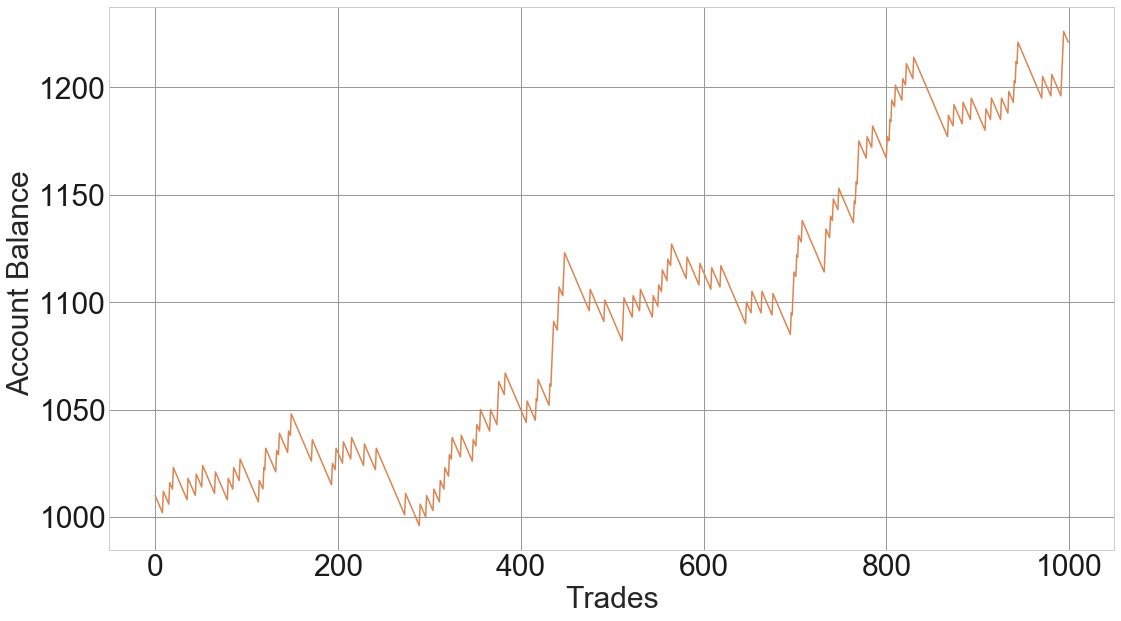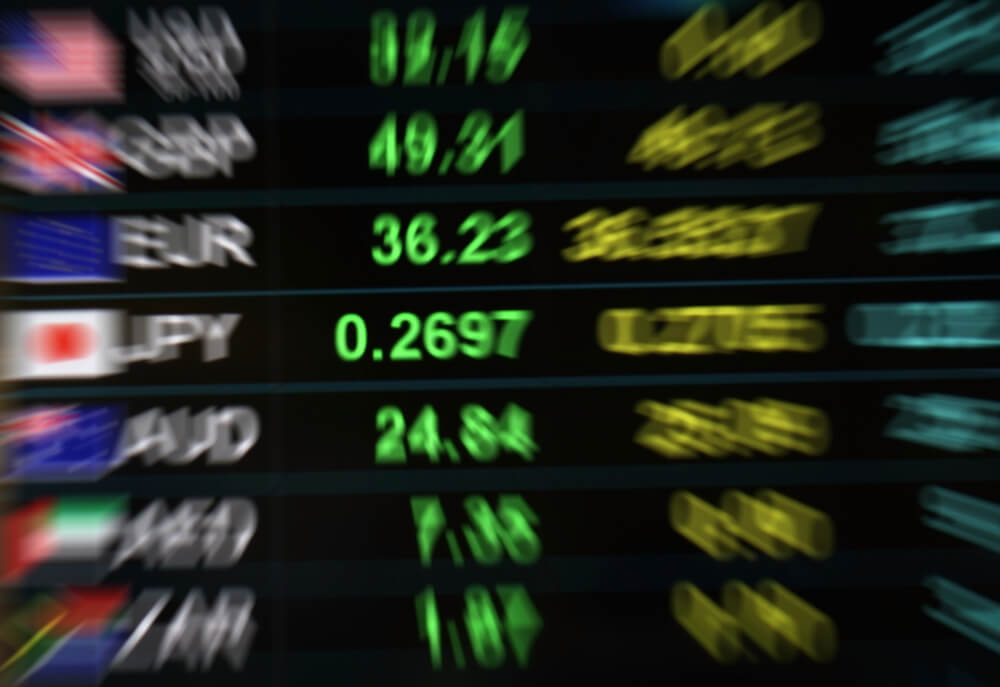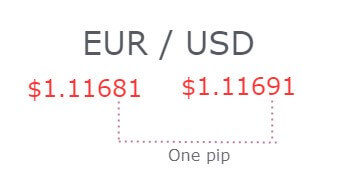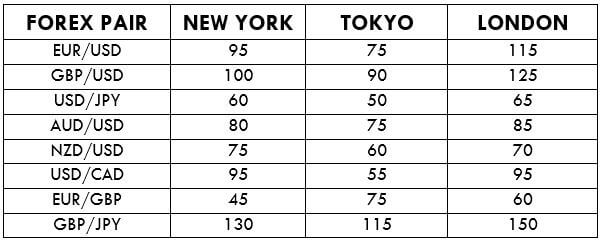Is it really possible to make money in the financial markets? It absolutely is. With that being said, you must know what steps to take to be successful. The beginner’s guide that we provide here will help you to start earning straight away.
Learning, Learning, and More Learning
Not having the right education is the main reason why we will never be the CEO of JP Morgan Stanley tomorrow. To obtain the desired position, we study at school, we study at university, we go on a refresher course, etc. If we successfully overcome all this, we will have the opportunity to occupy the desired position. Are there many people in high-ranking and highly paid positions who have no education? They are not there at all. Therefore, to achieve something, we must study.
It is the same with currency trading. If your desire is to be a trader, you must first learn how to do it. A consistent and successful trader in addition to what he once learned, is constantly improving and learning new methods and ways to increase his income. Therefore, if you want to have the opportunity to earn money on Forex, start by studying the educational materials your broker will provide you with kindness. Trade within a demo account before you start trading in a real one. And don’t save money on your education.
Test, Test, Test
Did you lose your first deposit? Do you think trading is not your thing? That’s not so. Anyone with an average IQ has enough talent to trade in Forex. However, not everyone will have enough determination. As I have already reported, the first difficulties always discourage us, and we tend to be quite reluctant to continue. Here the situation is similar, the first losses are the first difficulties. We should focus and overcome the problems.
It is essential and necessary to know very well the causes of the problems and then start again after they have been eliminated. We must know that this is the only way to succeed in trading. Do you think the advanced traders we’ve seen before have never had a loss? They have in fact, and now too. But they can overcome the losses and make sure the loss doesn’t affect the end result. Remember, no matter how the team played, the final score only matters.

Update Your Trading Strategy
As you learn and read more and more trading methods, your own methods will lose relevance. Don’t stay in one place. If you found a good approach to trading, met a new pattern, read about a new indicator, don’t be afraid to try. Modify your current trading strategy, try the new pattern. It may be something you’ve been looking for! Then, never stop there, always go further. The market changes constantly, therefore, you should be changing.
Sharing Your Experiences
The longer you trade, the more hands-on experience you get. And the hands-on experience is the most valuable trading experience. You can read a lot of trading books, but your knowledge will not give you any results if you have never traded in a real account. The community of traders is huge, and there will always be people whose experience is greater or less than yours. In other words, some traders can teach you something, and some traders can learn from you. Always share your experience with traders of your level, this can bring a lot of benefits to your own result, plus you can expand your network of contacts. These are basically the main points you should start with if you have decided to change your life and move towards success.
Common Beginner’s Mistakes
Well, we’ve defined what you must do to succeed in trading. But, as in other businesses, there are many difficulties in currency trading. Therefore, I would like to warn you about the typical mistakes that beginner traders make, to avoid them.
- I want to earn quickly.
We all want to succeed as soon as possible. And often this desire plays a bad joke on us. When we want to look for big profits, we usually start not respecting the rules of our system, not complying with our business plan, and this leads to an inevitable loss of money. If your desire is to succeed, convince yourself that what you need is to achieve success little by little, it is a path that you have to travel step by step. There are many times when success can come quickly. But as experience shows, people are usually not prepared for this and cannot develop this success).
- Misunderstanding of leverage principles.
Leverage is a unique mechanism that brokers provide to their customers, and if you can use this mechanism correctly, it will become an ally for you. If you use it incorrectly, it will become the cause of your losses. Before you start using leverage in your trading, make sure you understand how it works, know the principle of its use, and how it will affect your performance. Simply put, don’t employ high leverage, for stable earnings, 1:100 is enough. Let’s take an example, the trader, whom we have studied in detail work before, does not use leverage above 1:30.

- Lack of money management.
Overall, it’s a pretty important issue. To put it briefly, money management is a complex of measures you take to better manage your funds. The basic points of any money management are the correct management of your funds, the calculation of risk parameters, the management of leverage, the recording of statistics of executed operations, the operation with a small part of its capital, and other points. Money management is basically mathematical at the level of your wallet. He always knows how much money his wallet has, how much he’s going to buy, and how much money he’ll have left after he buys it. The same goes for your Forex account. You must know the amount you want to win if you succeed and how much you will lose if you fail. The result obtained by your operation should not surprise you.
- Operate for a long time.
This is the time you spend trading. If your time is distributed correctly and effectively, you are always in a good mood and for this reason, nothing, in terms of psychology, prevents you from thinking correctly and making the right trading decisions. The result of such work will almost always be positive. If you are operating day and night, your brain gets tired and cannot respond adequately to current events. This results in irritation, exhaustion, inability to think rationally and make decisions, which negatively affects your trading performance. Define the appropriate period to work and do not work too much.
How to Maximize Profits
Among the benefits of being able to trade on their own, the markets offer you many opportunities to earn extra money in trading. If you’re not too tired, let’s move on!
- Transaction Copy System
Remember when we were studying the case of the successful trader, what I said is that this trader did his trade publicly. This is done to receive additional income from people who copy their operations. Remember, the reward? Well, the transaction copy system allows inexperienced people to make money. Simply select the trader, whose trading performance you like and copy your trades. In return, you will share a fixed share of your earnings with this trader. I think this is little compared to the fact that they will do all the work for you and make money for you. In this system you can earn as a trader, start trading, and in addition to your own profits in your account, you will receive a commission from the investors who copy it. If you want to earn money as an investor, simply copy successful trades and make a profit without any effort. You decide!
- The Affiliate Programme
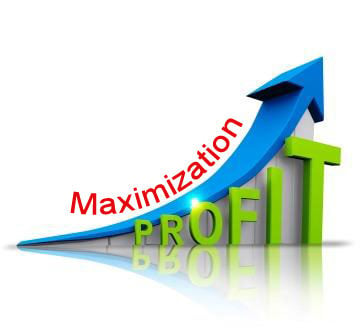 Brokers are always very interested in being able to develop their business more and thus be able to attract new customers. They make profits by receiving commissions for the transactions made by their clients. They themselves do not always manage to attract a sufficient number of new customers. That’s why Forex brokers often turn to the help of existing customers, offering them the opportunity to make money by attracting new customers. In other words, if you operate on Forex and your friend also wants to start trading on Forex, you can conclude a partnership agreement with your broker, in which the broker will pay you a portion of the commission that the new customer you have attracted will pay. Or you can even pay him a fixed amount for each new customer attracted. I think it’s a good deal.
Brokers are always very interested in being able to develop their business more and thus be able to attract new customers. They make profits by receiving commissions for the transactions made by their clients. They themselves do not always manage to attract a sufficient number of new customers. That’s why Forex brokers often turn to the help of existing customers, offering them the opportunity to make money by attracting new customers. In other words, if you operate on Forex and your friend also wants to start trading on Forex, you can conclude a partnership agreement with your broker, in which the broker will pay you a portion of the commission that the new customer you have attracted will pay. Or you can even pay him a fixed amount for each new customer attracted. I think it’s a good deal.
- Contests for Traders
The main brokers usually hold different contests with good prizes among their clients. For example, there are popular traders contests, in which participants are given a period of time, such as a month, during which they must trade in their accounts and display the result. The top three that performed the highest returns receive broker awards. In a recent contest, a trader from Malaysia made a profit of 314% for one month, starting trading with USD 100. And the broker, as a first prize, gave the trader a check for 5,000 USD. There might be someone in your place, for example, you.
Conclusion
I think I’ve put forward enough arguments that you can and should make real money on Forex. No matter how you do it, there are many opportunities. What you need to do is not be passive and start moving.



